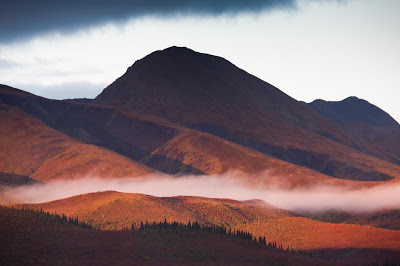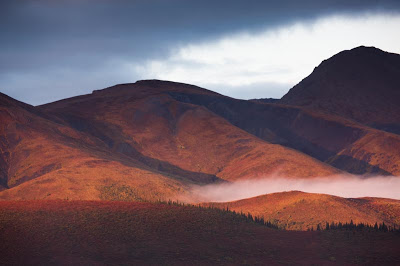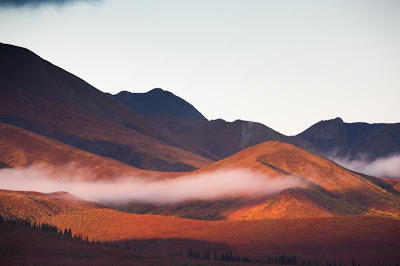Creating panorama images using a digital camera is one example of the diversity available in todays age of digital photography. In the film days I used a medium format 6cm x 17cm film camera (to the tune of about 10K w/lenses) and although it made great images, it was slow and cumbersome. Today however, instead of carrying two different camera types one can use a digital camera to shoot multiple frames and stitch them together with an automated feature in Adobe Photoshop.
While the shooting process is fairly simple, there are a few things to consider from a technical perspective. First of all, a tripod head that rotates is very helpful. I use a ballhead primarily favored for wildlife photography and Really Right Stuff makes one that includes a rotating plate as part of the quick release. It is the PCL version if you look for it on their website. Basically, this gives a pan axis to the top of the ballhead independent of the ballhead base. The handy level bubble on the plate makes it easy to establish a base angle without needing to fuss with the legs to level your camera. While advocating the use of good tripod and head, I have shot a number of panoramas hand held–this is generally done with long lenses. Any slight mismatch of frames can be cropped out later. In addition, shooting vertical is an option, which generates a larger file size and requires more frames to create the 1×3 format. Some other steps to consider…
- Make sure your tripod is stable
- Find your focal and focus points and don’t change them
- Set your camera to manual exposure mode, so all subsequent files have the same exposure value.
- Overlap the images by about 50%, it gives the software enough data to use when analyzing the match between consecutive frames.
- Turn off IS on your lense if your shutter is below 1/30 sec.
I use Lightroom 2 to make the necessary adjustments to the raw files, and there is a handy way to open them in Photoshop. Just go to Photo/Edit in/Merge to panorama in Photoshop. There you will find a few options to select and you can experiment with the perspective issues. I often use auto, but it depends on the focal length.
It can be a challenge to think and visualize in a 1 x 3 panorama ratio when your camera viewfinder is in a 2 x3 ratio, but a little practice and experimenting takes care of that.










